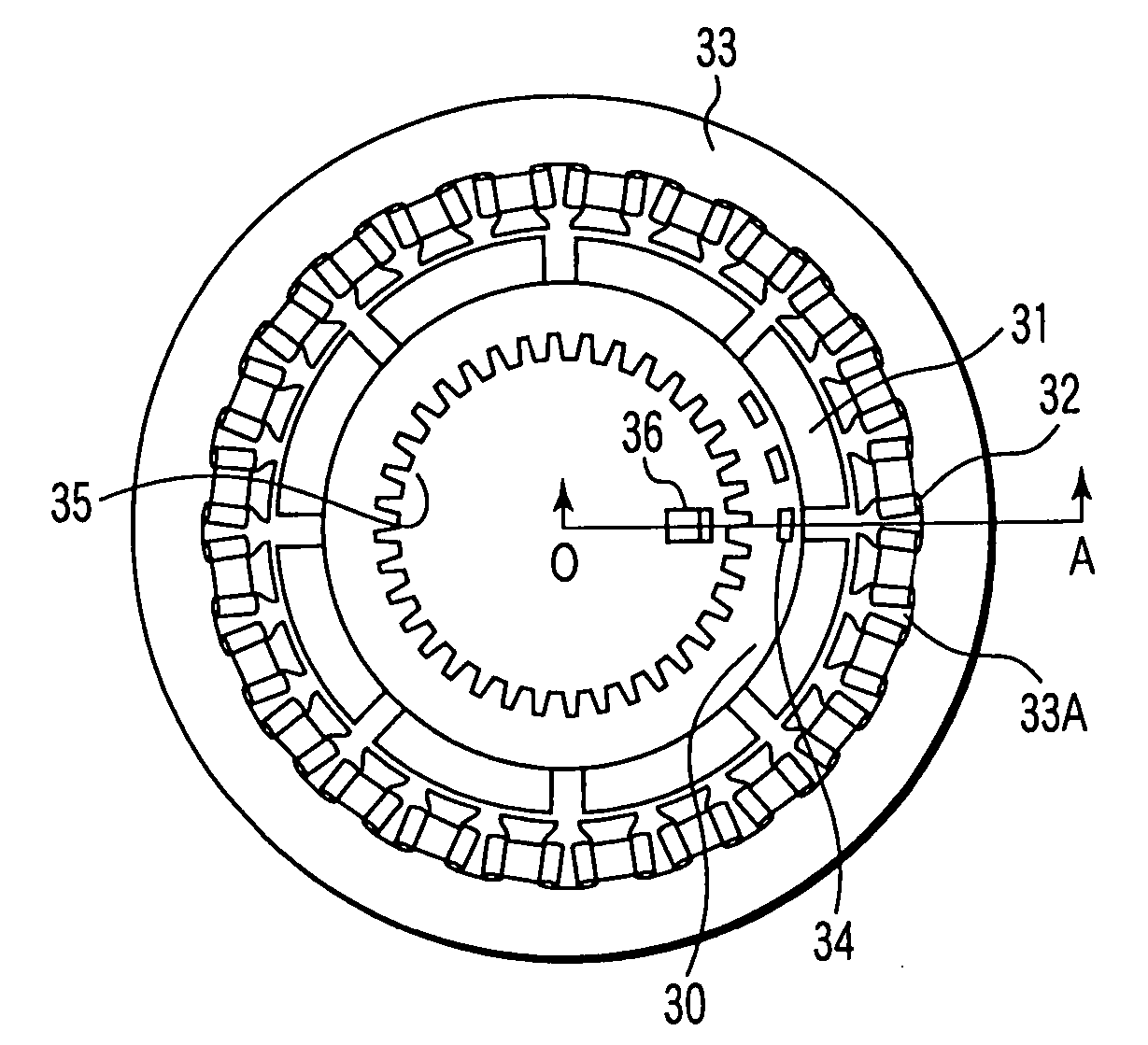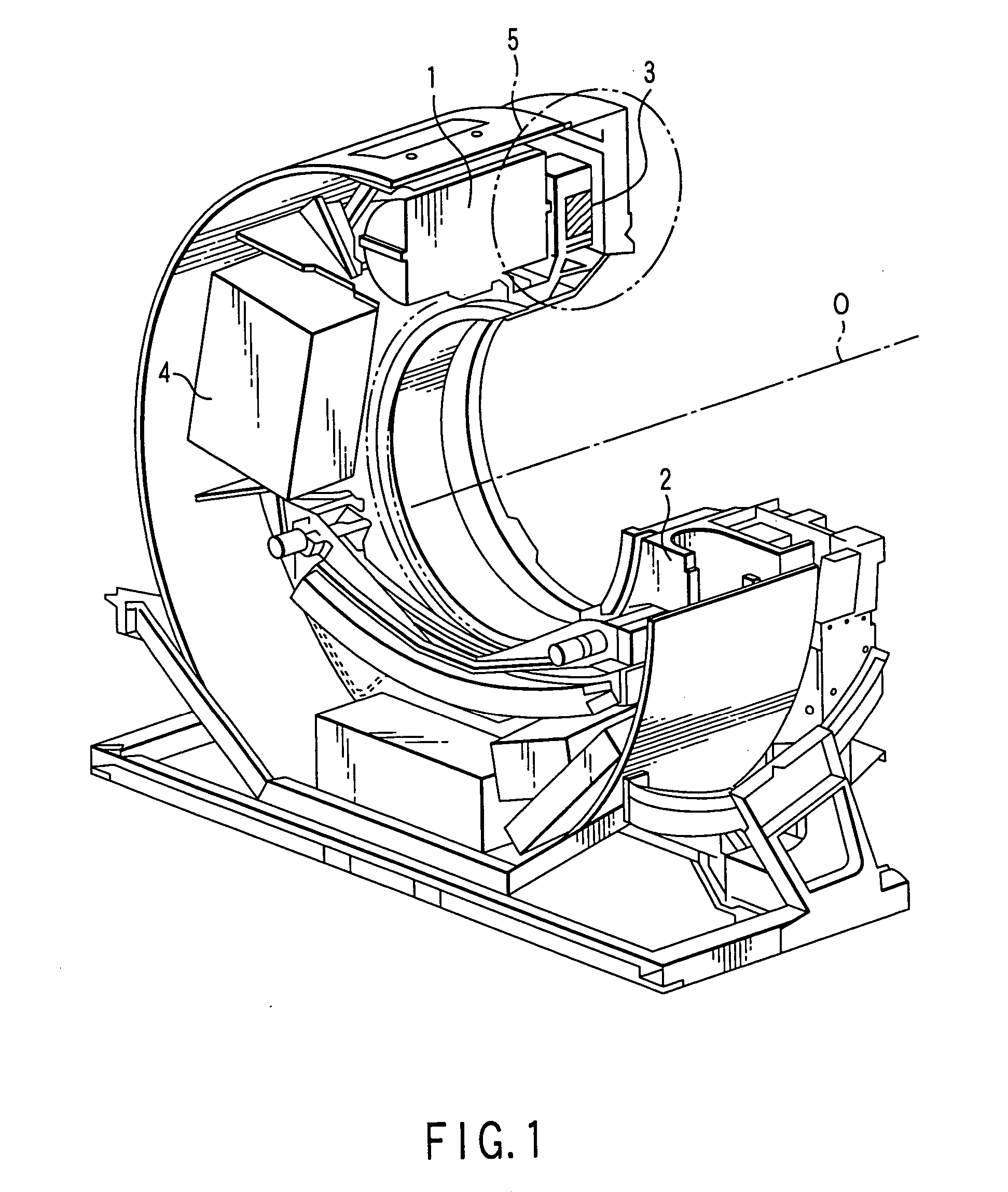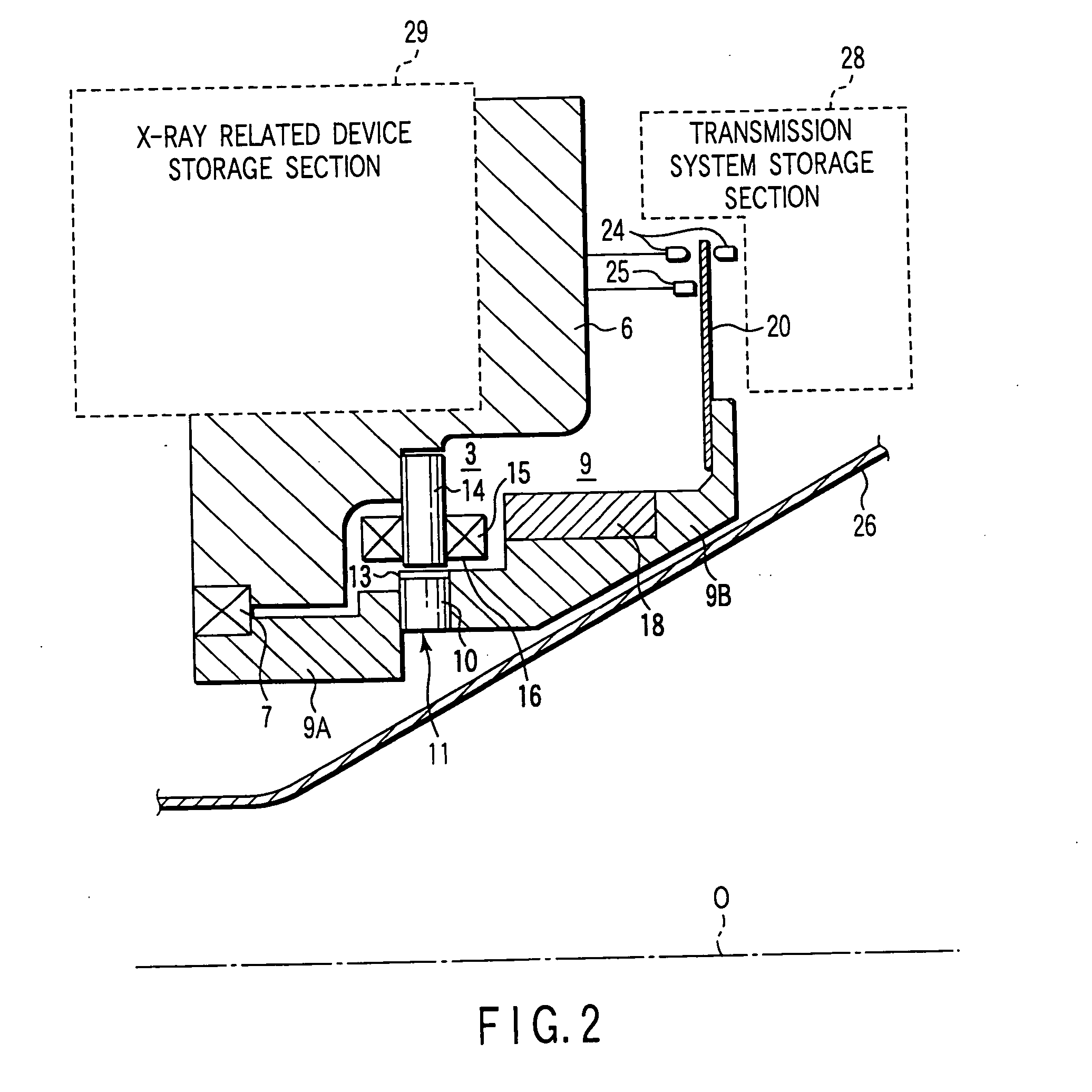Optical properties restoration apparatus, the restoration method, and an optical system used in the apparatus
a technology of optical properties and restoration methods, applied in the field of optical properties restoration apparatuses and restoration methods, and the restoration method of optical systems used in the apparatus, can solve the problems of difficult to avoid the emission of organic gases inside the vacuum zone, the appearance of the adsorption phenomenon itself is unavoidable, and the degradation of optical properties outside the light transmitting
- Summary
- Abstract
- Description
- Claims
- Application Information
AI Technical Summary
Benefits of technology
Problems solved by technology
Method used
Image
Examples
first preferred embodiment
[0128] The first Preferred embodiment implementations for the present invention in suppressing or removing carbon adherents from outer surface 11 of light transmitting window 8 shall be described in the Examples below with reference to the figures. In addition, preferred embodiments for suppressing or removing carbon adherences from optical systems located in vacuum zone 14 will be explained as well with reference to the figures.
[0129] The present invention is not confined to these embodiment examples, and it may also be effectively applied to lamps or laser apparatus that produce light by electrical discharge or by heating.
example 1
[0130]FIG. 1 is a diagram used to explain the structure of the microwave-excited hydrogen ultraviolet lamp used in the first example of the first preferred embodiment according to the present invention.
[0131] The retaining member (flange) 17 where light transmitting window 8 is attached is disc shaped and its center is aligned with the bore of discharge tube 1, and it contains an opening which is of a larger diameter than the inside diameter of the discharge tube. Window flange 17 includes an O-ring groove to create a seal over the opening for light transmitting window 8, and there is also a hollow lid-shaped jig 20, bolt holes to affix it, and an O-ring groove which connects to discharge tube 1 to maintain a vacuum with window flange 17.
[0132] The internal structure of jig 20 employs two-stage concentric circles and bounds the space for housing light transmitting window 8 and the space encompassed by discharge tube 1. On the end that encompasses discharge tube 1 the face has been...
example 2
[0155]FIG. 2 is a diagram showing a microwave excited hydrogen ultraviolet lamp that will be used to describe the second example of the first preferred embodiment according to the present invention. Further elaboration of structural and operational elements that are similar to those of Example 1 will be omitted. The specifications of light transmitting window 8 were the same as those explained for Example 1. Further, a photodiode 12 was positioned to receive the light output of lamp emitted light 9 as a means of monitoring the amount of light output from said lamp.
[0156] Water vapor was supplied to vacuum zone 14 using the following method, and it was adjusted to a specific gas partial pressure. Glass tube 24 (tube diameter Φ6 mm), which was filled with 1 mL of water 25 (pure water that was distilled, ion-exchanged processed and filtered) was connected with tube 16d via flange 17. The structure of flange 17 incorporated an O-ring to seal the glass tube off from the atmosphere, and ...
PUM
 Login to View More
Login to View More Abstract
Description
Claims
Application Information
 Login to View More
Login to View More - R&D
- Intellectual Property
- Life Sciences
- Materials
- Tech Scout
- Unparalleled Data Quality
- Higher Quality Content
- 60% Fewer Hallucinations
Browse by: Latest US Patents, China's latest patents, Technical Efficacy Thesaurus, Application Domain, Technology Topic, Popular Technical Reports.
© 2025 PatSnap. All rights reserved.Legal|Privacy policy|Modern Slavery Act Transparency Statement|Sitemap|About US| Contact US: help@patsnap.com



